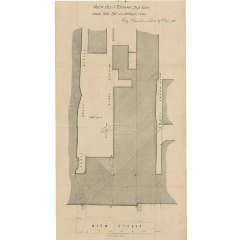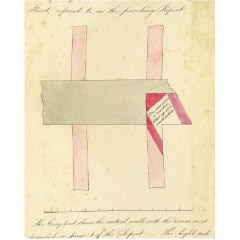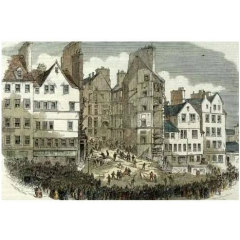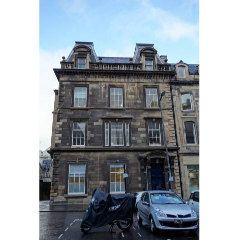
Vantage Point on Castle Esplanade today
Castle Esplanade, Royal Mile, Edinburgh, EH1 2NQ
Facing north-west from our vantage point here, a monument on Castle Esplanade, you are looking towards the current offices of EVOC on Ferry Road. The modern day evolution of the Edinburgh Association for Improving the Condition of the Poor, EVOC is the first point of contact for the third sector (voluntary and non-profit groups) in Edinburgh. Their mission is to support the third sector to build and enable resilient, sustainable, and inclusive communities and they carry out this mission in a number of ways including providing training for third sector organisations and developing partnership approaches, principles, and practices. Over the years, branches of EVOC and its predecessors’ work have been so successful that they have gone on to form independent bodies in their own right. One example of this is Volunteer Edinburgh. A register of people interested in volunteering was first created in 1920. This resulted in enterprises such as the UK’s first Volunteer Job Shop in 1975 before what is now Volunteer Edinburgh registered as an independent organisation in 2000.

EVOC office at 525 Ferry Road today

EVOC Staff Team, Christmas 2018
Photo credits: Lucy Ridley, Yasmin Duncan
























